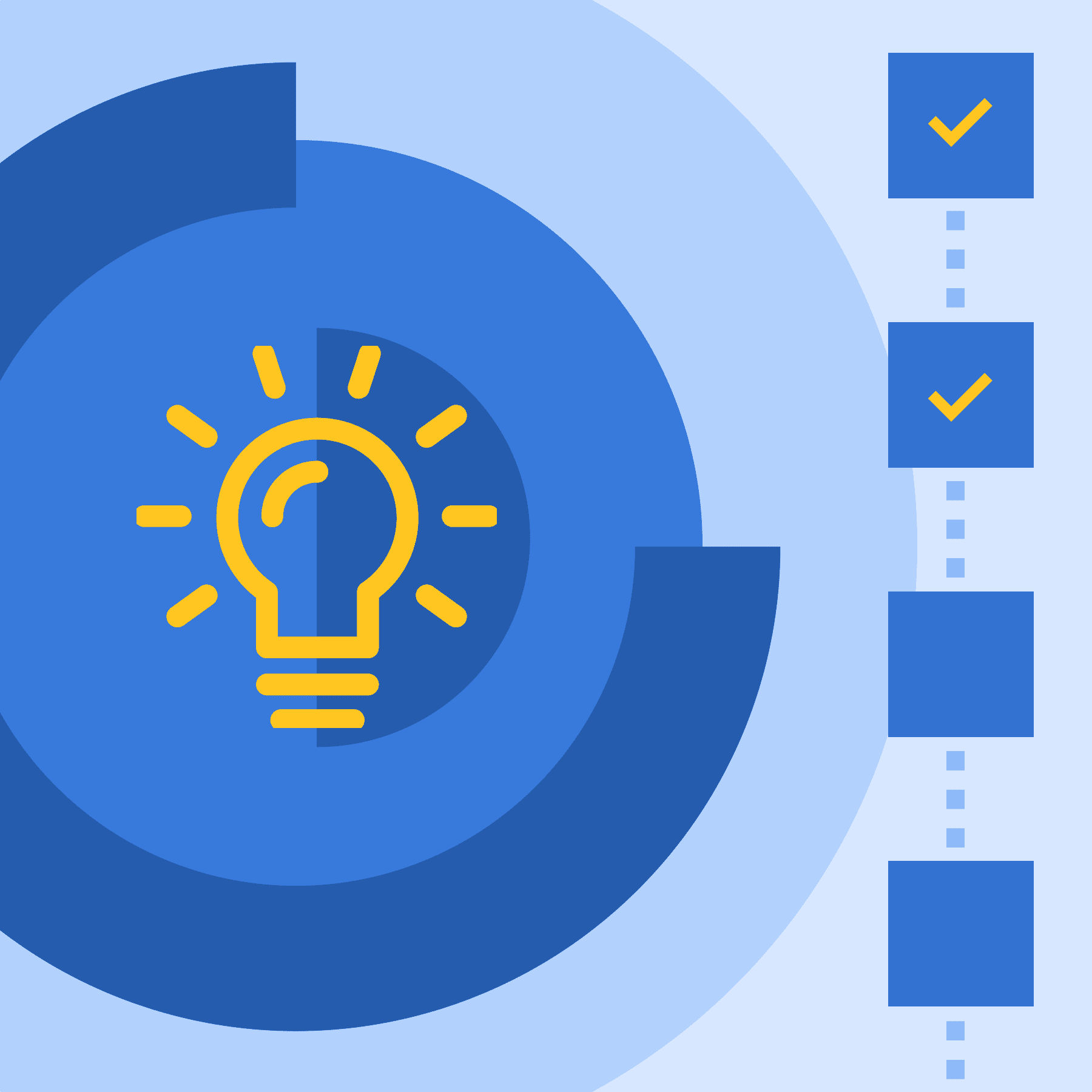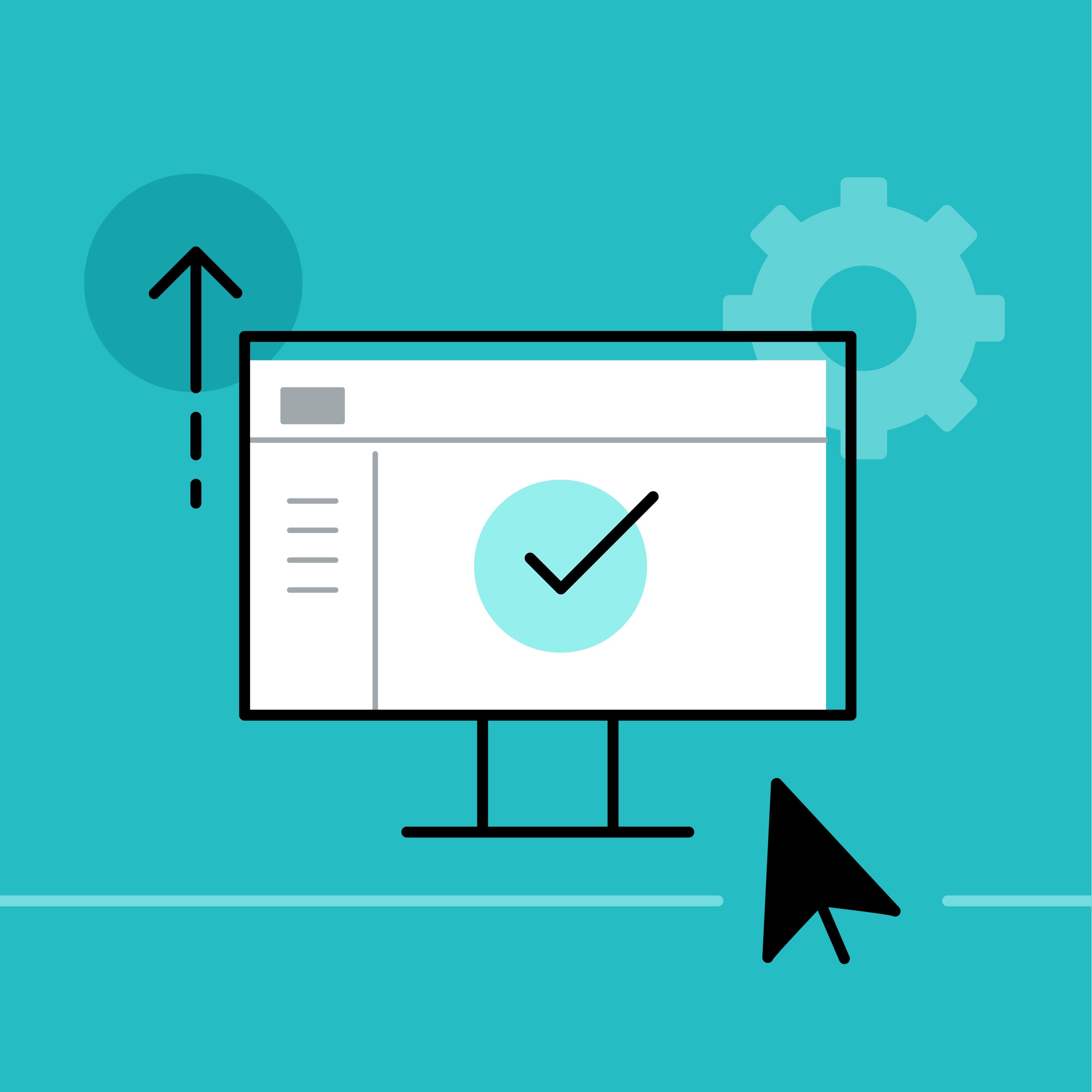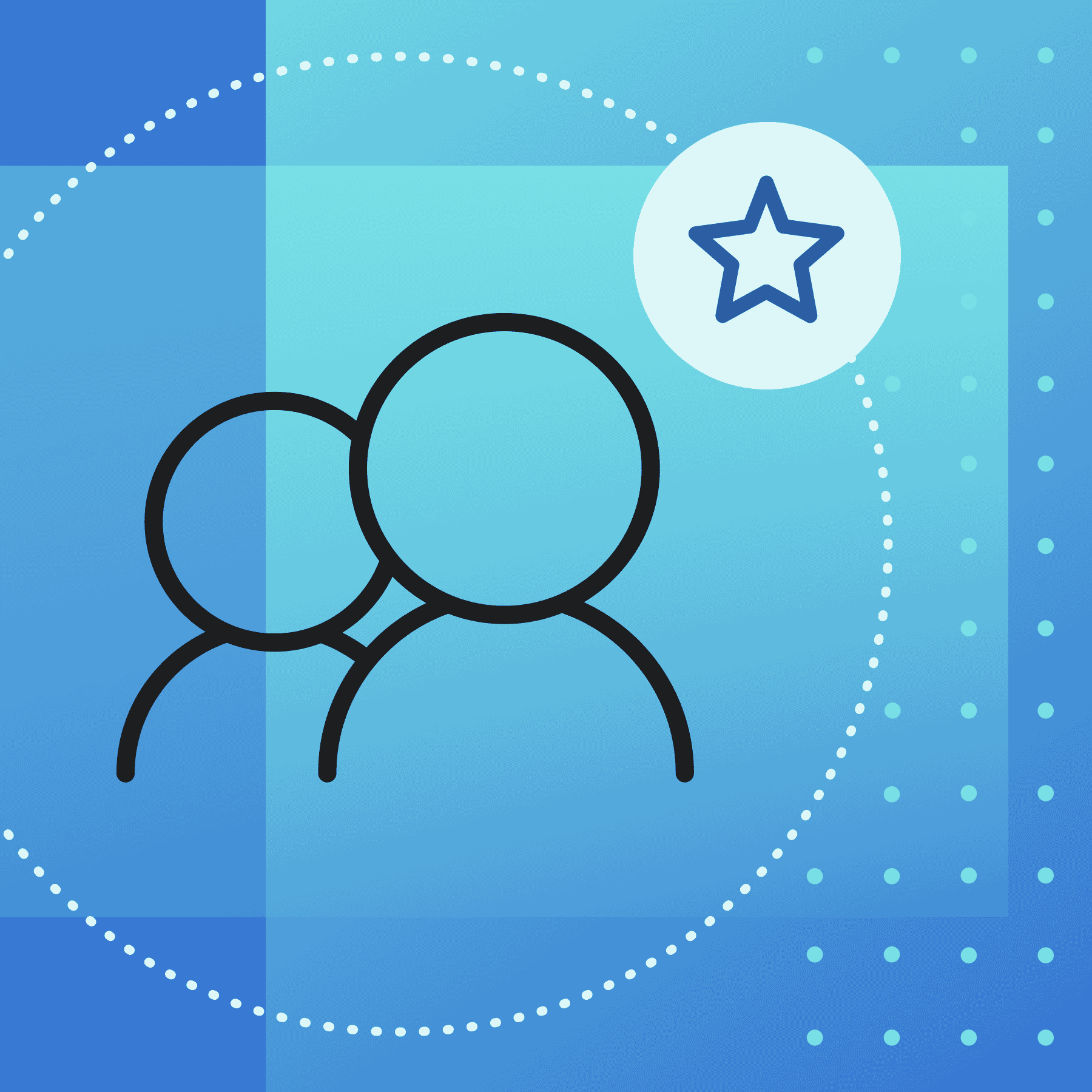This guest blog post was written by Dr. David Marshall, a technical writer and a training developer since 2007. He is also the owner of Neithdos Consulting Services LLC. Dr. Marshall received his DM in Executive Leadership from Colorado Technical University in 2021. Currently, Dr. Marshall lives in Summerville, South Carolina and is planning on following up his dissertation on Changes Executives Need to Implement to Promote Women to Executive Positions with additional articles to business journals.
There are many employees who want to improve their performance not only in the workplace but also in their careers. These individuals are looking for the right learning platform to become better not only at the job but all around. A way an organization can assist in helping the team is to establish an effective learning journey.
What is a Learning Journey?
A learning journey is a series of formal and informal training programs that ingrains new knowledge, build existing skills, provide personalized learning experiences, and change the behavior of employees. The team uses the learning journey to become better at their positions by acquiring new skills and becoming proficient in their areas of expertise. Organizations benefit from this learning intervention by having a team that is prepared for future challenges and continues to strive for improvement. The learning journey is an effective experience to facilitate behavior changes that coincide with the business goals of the organization. For organizations looking to streamline this process, integrating a powerful employee training software can be a game-changer.
Encourage Continuous Learning
Leaders and managers are responsible for the performance and productivity of each member of the team. This is why it is essential to ensure that each member of the team is growing by integrating a learning content management system and developing a training program that meets the learning objectives of the team and the organization. Effective employee onboarding software is critical in ensuring new hires are quickly brought up to speed and aligned with company objectives.
Organizations interested in how to develop a training program for employees need to keep in mind that learning content is a continuous process, not a one-time course such as a webinar or a learning module. A successful learning journey depends on employee engagement. It is essential that the objectives and goals focus on the individual. What are their needs? What are their desires? What are their constraints? The goals and objectives should also coincide with the organization’s mission and have input from all of the stakeholders.
It's important to tailor your learning content to the industry you're in. For industries such as financial services, it’s particularly effective to utilize specialized tools tailored to meet industry-specific challenges and regulations. By integrating Xyleme's LCMS bank training software, organizations can ensure that the training programs are not only comprehensive but also comply with industry standards, enhancing both learning outcomes and operational compliance.
The next step is to understand the audience by evaluating the strengths and weaknesses of each employee relative to their and the organization’s goals and priorities. This can be done by leaders and managers meeting with each member individually to discuss their professional development and career goals, build awareness of the learning journey map, and create different techniques to enforce the learning process.
Invest in Training and Mentoring
Employees going through the learning journey need to know how leaders and managers are supporting the learning process to include coaching, mentoring, empathizing, and ensuring that the training is available. Investing in comprehensive compliance training software ensures that all regulatory and company standards are met efficiently.
Are the individual training needs being met within the organization or are resources needed from the outside? What is the career path ahead for the employee who takes part in the learning journey? What is the motivation? There are individuals who have self-motivation and want to learn a new skill or gain knowledge. However, there are others that need additional motivation, for example, a system of rewarding progress that encourages individuals to start and continue throughout the process.
Setup Learning Milestones
As the journey progresses, leaders and managers need to establish milestones for the team to ensure that each individual is completing their training on a timely basis. Also, it is beneficial to have a way to provide positive reminders to the team to continue with their effective learning journey. Leaders should also take time to meet with their employees on a regular basis to discuss the progress and to have a place for the individual to apply their new knowledge and skills and offer additional informal training to enhance their new craft. Regular meetings with the team help ensure everyone fully understands the learning material. More importantly, these check-ins allow us to see the positive changes in behavior.
Driving Success and Adaptability Through Strategic Learning Journeys
A successful learning journey helps the employee and the organization meet the challenges of the rapid changes taking place worldwide. Additional benefits include building trust and creating new ways of collaboration among team members, increasing productivity and performance, delivering lasting results, and increasing retention. With the right eLearning and training manual software, like Madcap Flare, your instructors and trainees will make it easier to meet goals and achieve a successful learning journey.
Empowering Learning Journeys with MadCap
In today’s rapidly evolving business environment, the ability to effectively manage and deliver educational content is crucial. MadCap Software's suite offers comprehensive solutions to meet these challenges, enhancing the learning journey at every level of the organization.
MadCap Flare is renowned for its powerful content authoring and single-source publishing capabilities. This tool allows organizations to create detailed, engaging training materials that can be seamlessly repurposed across multiple formats and platforms.
As an enterprise-level LCMS, Xyleme stands out for its functionality designed to support large-scale learning applications. Xyleme’s platform excels in centralizing content management, enabling organizations to maintain a single source of truth for all training materials. This capability is enhanced by Xyleme’s suite of products:
- Xyleme Elevate™: Content collaboration software that facilitates team coordination and streamlines the content development process.
- Xyleme Create™: Content authoring software that simplifies the creation of engaging, interactive learning content.
- Xyleme Syndicate™: A content delivery platform that ensures consistent, efficient dissemination of training materials across various channels.
This integrated platform not only stores and manages content but also provides robust tools for analyzing content usage and effectiveness, aiding in the continuous improvement of training programs.
References:
Pandey, Asha (2021, July) How to create learning journeys that improve employee performance. eLearning Industry.
Goldberg, Stephen (2016, April) Creating an Employee Development Plan for Improved Employee Performance [YouTube]
Cole, Britney, (2020, February) 3 Keys to Create Learning Journeys that Work [YouTube] Ken Blanchard Company











